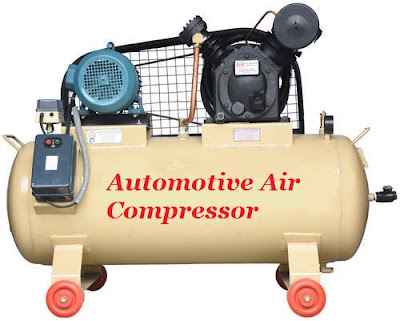Manual Car Washer&Automatic Car Washer

Car Washing Car washer is a most commonly used equipment in a garage. It supplies the water under high pressure through a fl exible pipe and nozzle. A commonly used car washer has following main parts: ● Electric motor ● Reciprocating water pump ● Water tank ● Spray nozzle ● Flexible water pipe ● Control valve ● Safety valve ● V-belt and pulley ● Pressure gauge Car washers can be classified as: ● Manual car washers, and ● Automatic car washers (which are generally computerised and costlier) Manual Car Washer A manual car washer consists of an electric motor which moves the crank and piston with the help of a V-belt. A pressure control valve is provided to adjust the pressure of water. The nozzle at the delivery pipe is able to adjust the amount of water. A storage tank is provided to store the water. Automatic Car Washer The first automatic car washes appeared in the late 1930s. Automatic car washes consist of tunnel-like buildings into whic...





